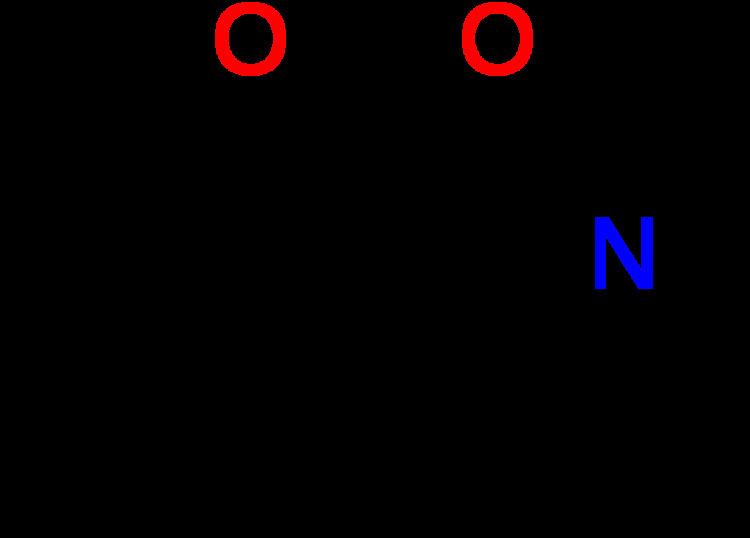Trade names EPH Bioavailability Variable Molar mass 247.3327 g/mol | ATC code none Protein binding Unknown | |
 | ||
Routes ofadministration Insufflation, vaporized, intravenous, intramuscular, rectal, oral, sublingual Legal status DE: Anlage II (Prohibited)UK: Class B Temporary Class Drug | ||
Ethylphenidate (EPH) is a psychostimulant and a close analog of methylphenidate.
Contents
Ethylphenidate acts as both a dopamine reuptake inhibitor and norepinephrine reuptake inhibitor, meaning it effectively boosts the levels of the norepinephrine and dopamine neurotransmitters in the brain, by binding to, and partially blocking the transporter proteins that normally remove those monoamines from the synaptic cleft.
There have been anecdotal reports of a perforated septum resulting from even just a few uses of ethylphenidate by insufflation (snorting). This is almost certainly due to ethylphenidate being caustic or containing caustic impurities, as users report that insufflation is extremely painful.
Pharmacokinetics
Ethylphenidate metabolizes into methylphenidate and ritalinic acid.
Tiny amounts of ethylphenidate can be formed in vivo when ethanol and methylphenidate are coingested, via hepatic transesterification. Ethylphenidate formation appears to be more common when large quantities of methylphenidate and alcohol are consumed at the same time, such as in non-medical use or overdose scenarios. However, the transesterfication process of methylphenidate to ethylphenidate, as tested in mice liver, was dominant in the inactive (−)-enantiomer but showed a prolonged and increased maximal plasma concentration of the active (+)-enantiomer of methylphenidate. Additionally, only a few percent of the consumed methylphenidate is converted to ethylphenidate.
This carboxylesterase-dependent transesterification process is also known to occur when cocaine and alcohol are consumed together, forming cocaethylene.
Pharmacodynamics
All available data on ethylphenidate's pharmacokinetics are drawn from studies conducted on rodents. Ethylphenidate is more selective to the dopamine transporter (DAT) than methylphenidate, having approximately the same efficacy as the parent compound, but has significantly less activity on the norepinephrine transporter (NET). Its dopaminergic pharmacodynamic profile is nearly identical to methylphenidate, and is primarily responsible for its euphoric and reinforcing effects.
The eudysmic ratio for ethylphenidate is superior to that of methylphenidate.
The following is ethylphenidate's binding profile in the mouse, alongside methylphenidate's. Figures for both the racemic and the dextrorotary enantiomers are given:
